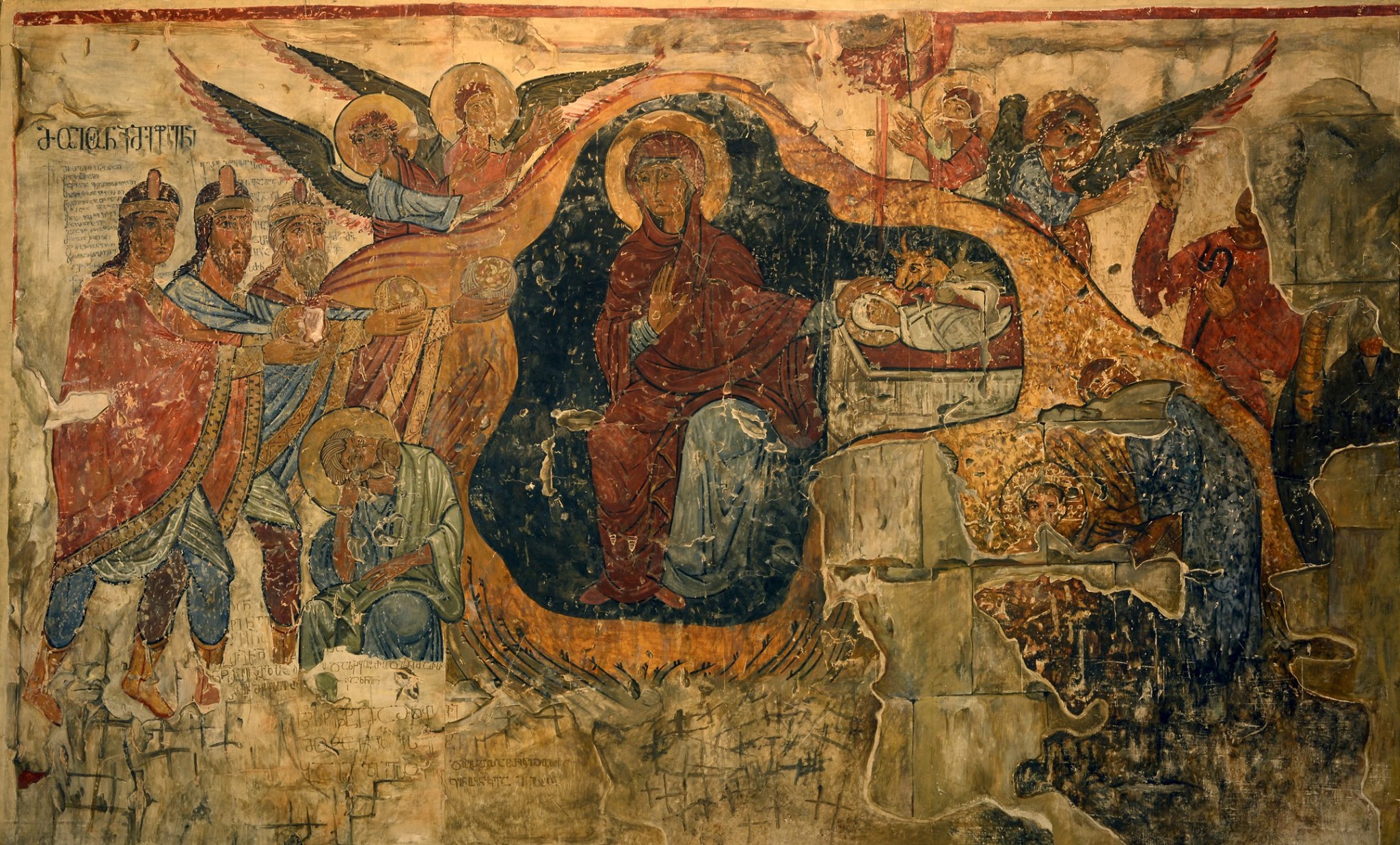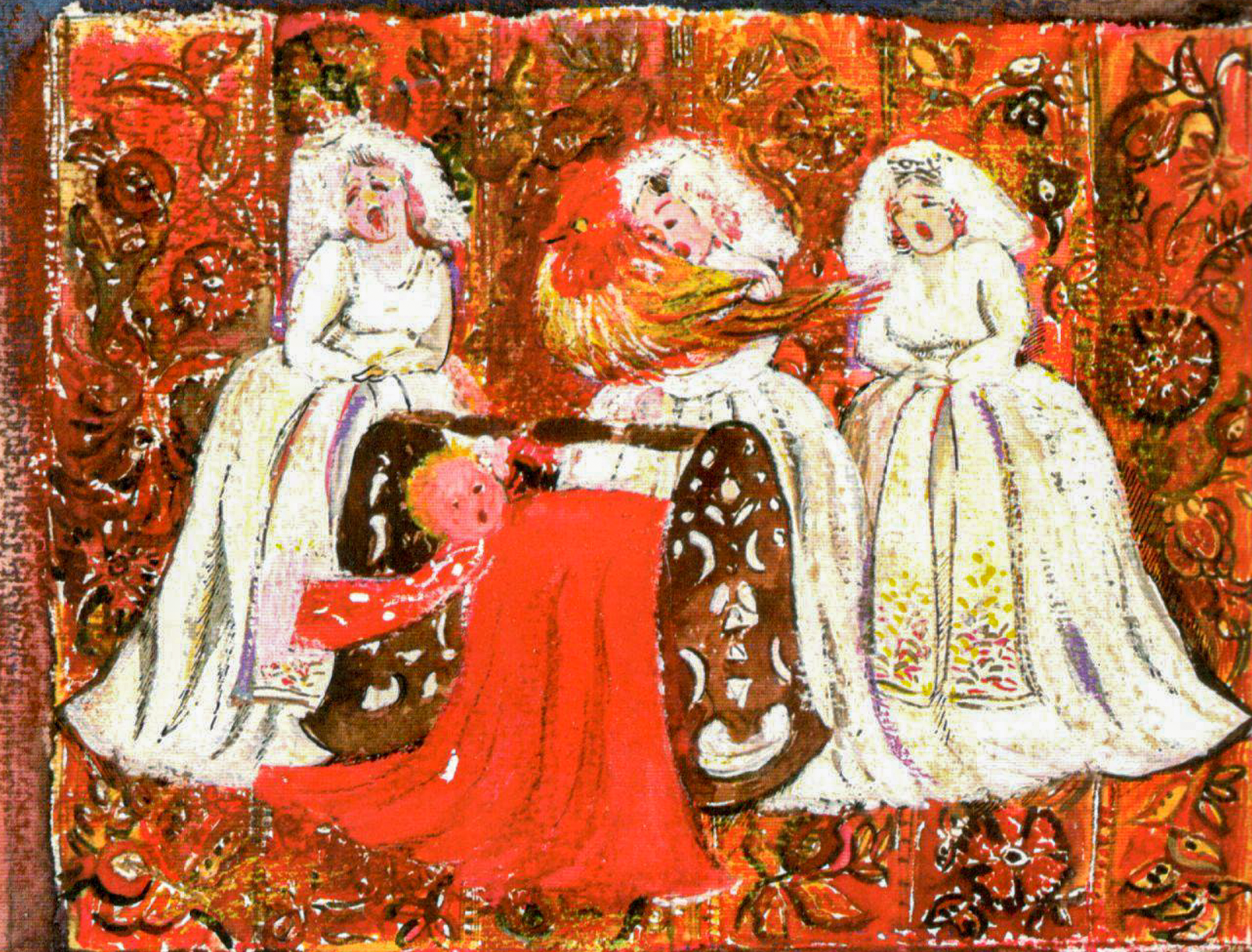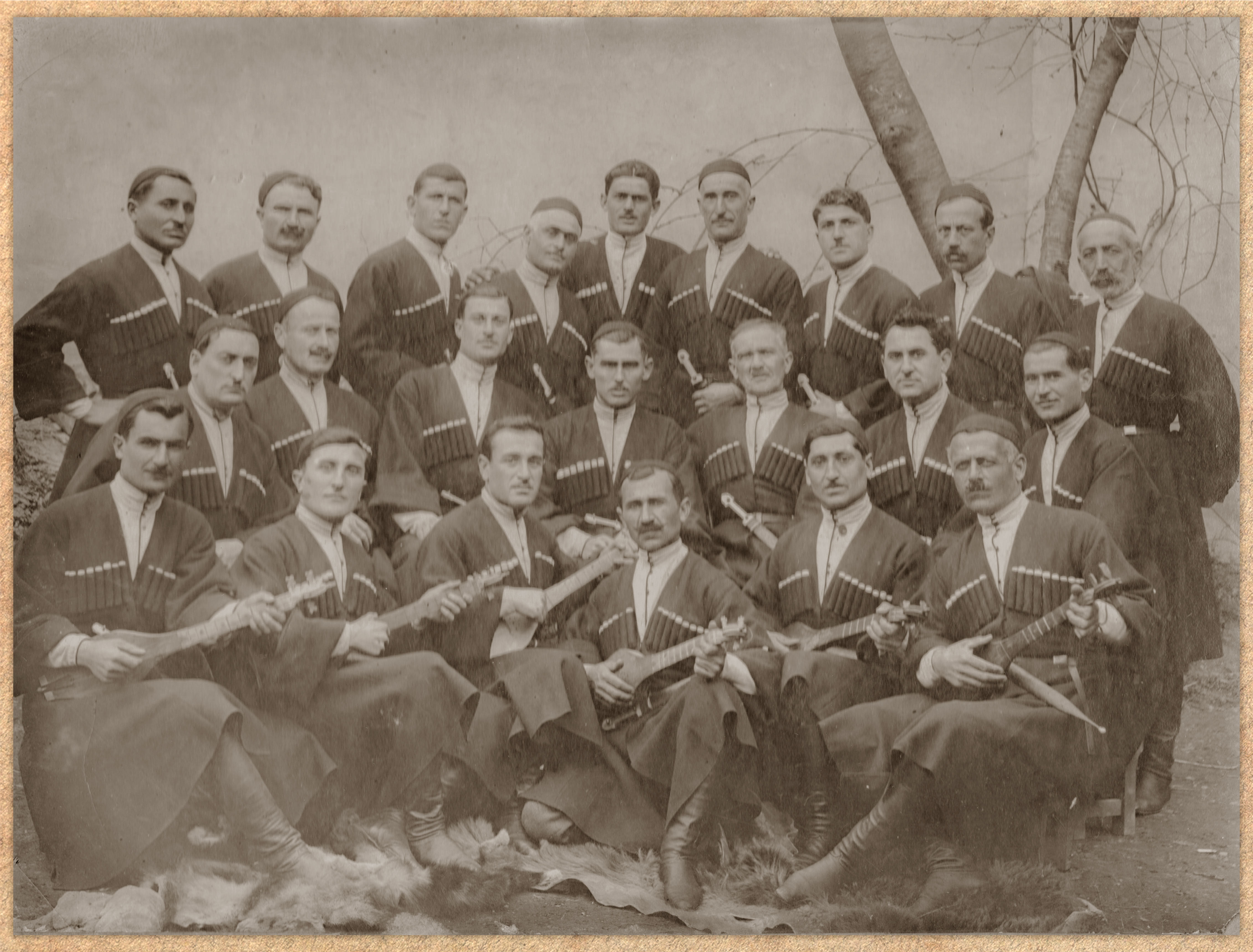On One Christmas Chant
Christmas is one of the most important and mystical holidays among the Twelve Great Feasts in Orthodox Christianity. In different churches, Christmas is commonly celebrated either on December 25 or January 7, as December 25 in the old (Julian) calendar corresponds to January 7 in the new (Gregorian) calendar. In Georgia, we celebrate Christmas on January 7.
Christians believe that many prophets of the Old Testament, including Isaiah, Daniel, and Jeremiah, announced the coming of the Messiah. The birth of Christ is described in the first chapters of the Gospels of Matthew and Luke. According to Luke, the first praise song, which the angels dedicated to the birth of the Lord in Bethlehem, was “Glory to God in the Highest”: “And suddenly there was with the angel a multitude of the heavenly host praising God and saying: “Glory to God in the highest, And on earth peace, goodwill toward men!” (Luke 2:13–14).
The Christmas Eve service starts with a hymn, the so-called “short” (mtsire) “Dideba Maghalta Shina” (Glory to God in the Highest). I want to tell you about the history of this hymn. It was originally associated with the birth of Christ, but later became the first prayer of morning services (matins), as well as the Divine Liturgymass. In the morning service, this hymn, introduces the themes from of the New Testament,. and opens the path to God’s door for the believer.
Orthodox Christian worship consists of three main parts: vespers, matins, and Divine Liturgy. The office of matins and the Divine Liturgy—as opposed to vespers, which features readings from the Old Testament—remind believers of the period of the New Testament: the appearance of the Lord Jesus Christ in this world for the salvation of people and his magnificent resurrection. In ancient times, matins ended at dawn, as its name indicates. (In Georgian, it is tsisk’ari, “door to the sky.”) The Christmas star was one of the signs through which the Magi found the exact place of the Savior's birth in a cave in Bethlehem. The pagan Magi learned about the coming of Christ from the scribes of Herod, and they knew about the probable place of his birth: “When they heard the king, they departed; and behold, the star which they had seen in the East went before them, till it came and stood over where the young Child was. When they saw the star, they rejoiced with exceedingly great joy. (Mat. 2:9–10) The time of the appearance of the morning star and the morning service are symbolically connected.
As for the the Divine Liturgy, here “Dideba Maghalta Shina” is recited not in the form of a chant, but in the form of a prayer. There are a short and long versions of “Dideba.” The full text of the short (mtsire) version is in two parts, as follows: “Glory to God in the highest, And on earth peace, goodwill toward men,” followed by “O Lord, open my lips, And my mouth shall show forth Your praise.” During the performance of the hymn, the text of the first part is repeated three times, and the text of the second part is repeated twice. The short, morning “Dideba” does not indicate a specific chant mode or genre in which it is to be sung contains no reference to sound or genre. Among Georgian chant manuscripts, there are two notated versions of this “Mtsire Dideba,” one from the eastern school (audio 1) and the other from the western school, specifically the Gelati monastery tradition (audio 2).
Audio example 1.
Audio example 2.
It is interesting that the text of this hymn is repeatedly found in the texts of other hymns during the Christmas service. This occurs most often in the holiday dasdeblebi (equivalent to the Greek troparia), a short hymn making up part of a larger, multi-strophic composition known as dasdebelni)kondaki (Greek kontakion). The “Glory to God” text thus acts as a kind of leitmotif in the Christmas holiday service.
The “Dideba Maghaliani” or “long Dideba” at the end of the matins service is a much larger hymn. At the end of the service, the priest pronounces the following words: “Glory to you, who gave us light.” These words hark back to the ancient time of early Christianity, when the light of belief was shown. It also reminds us of the older practice, when the night services would continue until sunrise, and the priest would thank God for the dawning of another new day on behalf of his congregation. According to Orthodox teaching, “being in the visible light also implies for believers the religious-divine light, which they share thanks to Jesus Christ.” (1) The choir then sings “Dideba Maghalta Shina,” which ends with the Trisagion hymn, “Holy God, Holy Mighty, Holy Immortal, have mercy on us.” With this hymn, the believers, the company of angels, and the heavenly and earthly churches, glorify the Creator. The matins service thus begins with the short “Dideba” and ends with the long “Dideba.” These hymns create a kind of arc, emphasizing the importance of the coming of Christ for humanity.
Audio example 3.
Finally, let's move on to the irreplaceable part of every holiday service, in good times and bad, the Georgian supra or t’rap’ezi (both meaning “feast” or “banquet”).
As we know from the traditions of our ancestors, the Georgian supra was a kind of echo of the divine liturgy, which was most evident when it came to toasts and the accompanying feast hymns, which are almost entirely lost today. One example of such a feast hymn is “Glory to God” (audio 3). The reasoning behind the established order of toasting at the Georgian supra is evident: the first toast is in praise of God, the second is to peace (in Guria, the first toast is said to peace), and only after that, follow the toasts to the family, relatives, ancestors, the dead, and others. It seems that this hierarchical order of the toasts mirrors the sacred hierarchy closely follows the line developed in the “Dideba” chant: “Glory to God in the highest, And on earth peace, goodwill toward men,” followed by “O Lord, open my lips, And my mouth shall show forth Your praise.”
May God bless us with many peaceful Christmases!
References:
- 1.Akhali aghtkumaჲ uplisa chuenisa iesu krist’esi. [The New Testament of the Lord Jesus Christ] 2005. Luk’a, 2:13-14 [Luke, 2:13-14]. Tbilisi: Sakartvelos sap’at’riarko gamomtsemloba “Alilo”
- 2.Ibid. Mate, 2:9-10. 3 [Matthew, 2:9-10]
- 3.Shonvadze, Davit, ed. 2013. Ek’lesiis saunje: Martlmadidebeli krist’ianuli ek’lesiis modzghvrebis sapudzvlebi (Church treasury: Fundamentals of the doctrine of the Orthodox Christian Church). Tbilisi: n.p., 456.
Note: English translations of Bible texts used in the article are from the New King James Bible, which most closely corresponds to the standard Georgian texts.
Audio examples:
- Audio example 1. 2013. “Dideba Maghalta Shina Ghmertsa” (Glory to God in the Highest) (Eastern school). 102 Georgian Folk Songs and Traditional Chants. Disc 3, track 18.
- Audio example 2. Ensemble Anchiskhati. 2001. “Dideba Maghalta Shina Ghmertsa” (Glory to God in the Highest) (Gelati school). CD accompanying Kartuli saek’lesio galoba. Vol. 1, Gelatis sk’ola: mts’ukhri-tsisk’ari-ts’irva (Georgian Church Chanting. Gelati School: Vespers-Matins-Liturgy), track 20.
- Audio example 3. Gigo Erkomaishvili ensemble. 2007 (recorded 1907). “Dideba Ghmertsa da Samnairi Mravalzhamieri” (Glory to God and Samnairi Mravalzhamieri). Georgian folk song masters and unique phono recordings, track 5.. 2007
Cover photo - Ateni Sioni Churh. Christmas. XI centrury.




